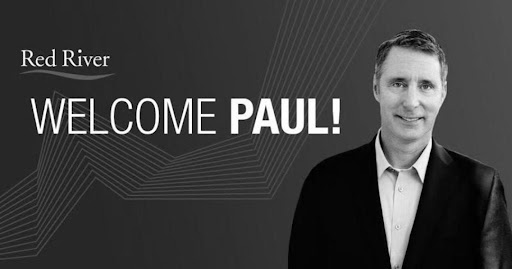Risk mitigation involves identifying, evaluating, and prioritizing risks to lessen their effects. It’s a process central to the activities of businesses and other organizations across the board. Risk mitigation is an area of particular expertise for program director Paul Delacourt.
Delacourt is a successful director of programs for a leading technology transformation company. He’s also a former law enforcement officer with a further background in crisis management, strategic planning, and cybersecurity. Currently based near Washington, DC, the retired FBI special agent spent 25 years handling intelligence and mission services, among other responsibilities.
Michigan native Paul Delacourt’s skills have subsequently translated exceptionally well into a career in technology. Accordingly, Delacourt boasts a proficiency in risk mitigation that’s largely unmatched. From determining severity to creating an action plan, it’s a process that the expert says revolves around four key steps.

Identify risks
When commencing with any risk mitigation plan, Paul Delacourt recommends beginning the process from an exploratory viewpoint. Comprehensively identifying possible risks is, therefore, an ideal place to start. Risks may be operational, financial, reputational, or strategic. They may also fall into a fifth main category – hazard risks.
It’s hazard risks that Delacourt primarily tackled as a law enforcement officer. However, operational, financial, and strategic risks are equally important, especially more broadly speaking. As a program director working in the technology field, Delacourt now faces all of these risk types and more. What’s most crucial, though, is identifying them.
Determine severity
Retired special agent Paul Delacourt’s second step revolves around evaluating identified risks. Ultimately, the goal of this step is to calculate the potential impact. That can be the impact of a singular risk or a combination of several risks simultaneously affecting operations or other activities.
An excellent way to approach this step is by mapping out identified risks on a scale. It’s a method routinely employed by Delacourt. When correctly scaled, severity and impact are visible to all necessary parties. Furthermore, working out the potential frequency of the same risks can further aid the mitigation process, the expert reports.
Summarize solutions
Any risk mitigation process becomes most effective only after identifying the best possible solutions. Solutions to risks come in many forms. Paul Delacourt has discovered that the most common are further rooted in crisis management and strategic planning.
Either way, resources must be in place. Whether those resources are financial, reliant on personnel or training, or stem from other sources entirely, the same is true. From a personnel perspective, responsible parties should train individuals likely to form a part of the risk mitigation process as appropriate. That’s just one reason that Delacourt is so adamant about formalizing the matter.
Create a plan of action
Finally, program director Paul Delacourt recommends rounding off risk mitigation plans with an actionable set of procedures. Following an identified risk occurring, action must be immediately implementable. From there, it’s similarly essential that those in charge can monitor results.
Delacourt advises adopting a culture of risk management in any instance. However, it’s something that the expert says is most vital in the wake of consequences caused by one or more risks. With that, it’s crucial to see risk mitigation as a process rather than as a one-time project.
For more from Paul Delacourt, visit PaulDelacourt.com
Media Contact
Contact Person: Paul Delacourt
Email: Send Email
Country: United States
Website: https://pauldelacourt.com/
